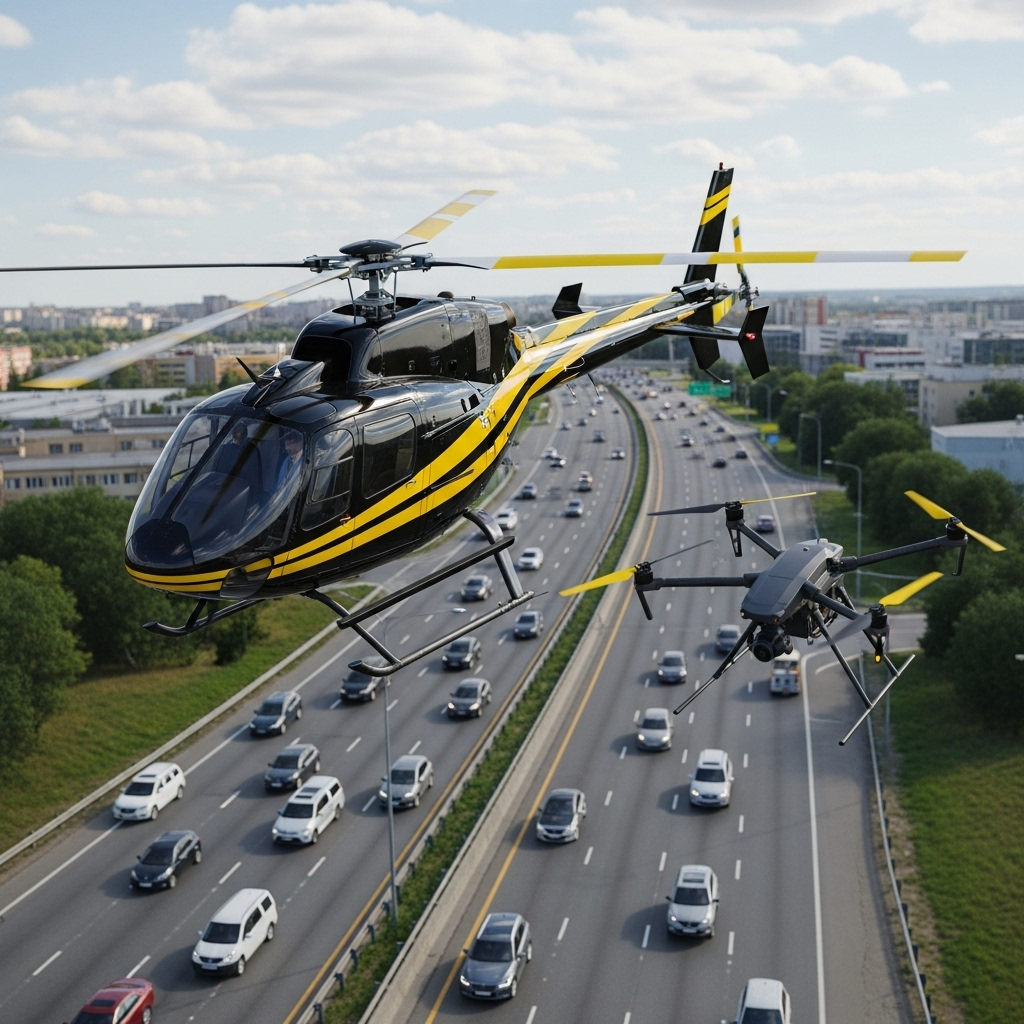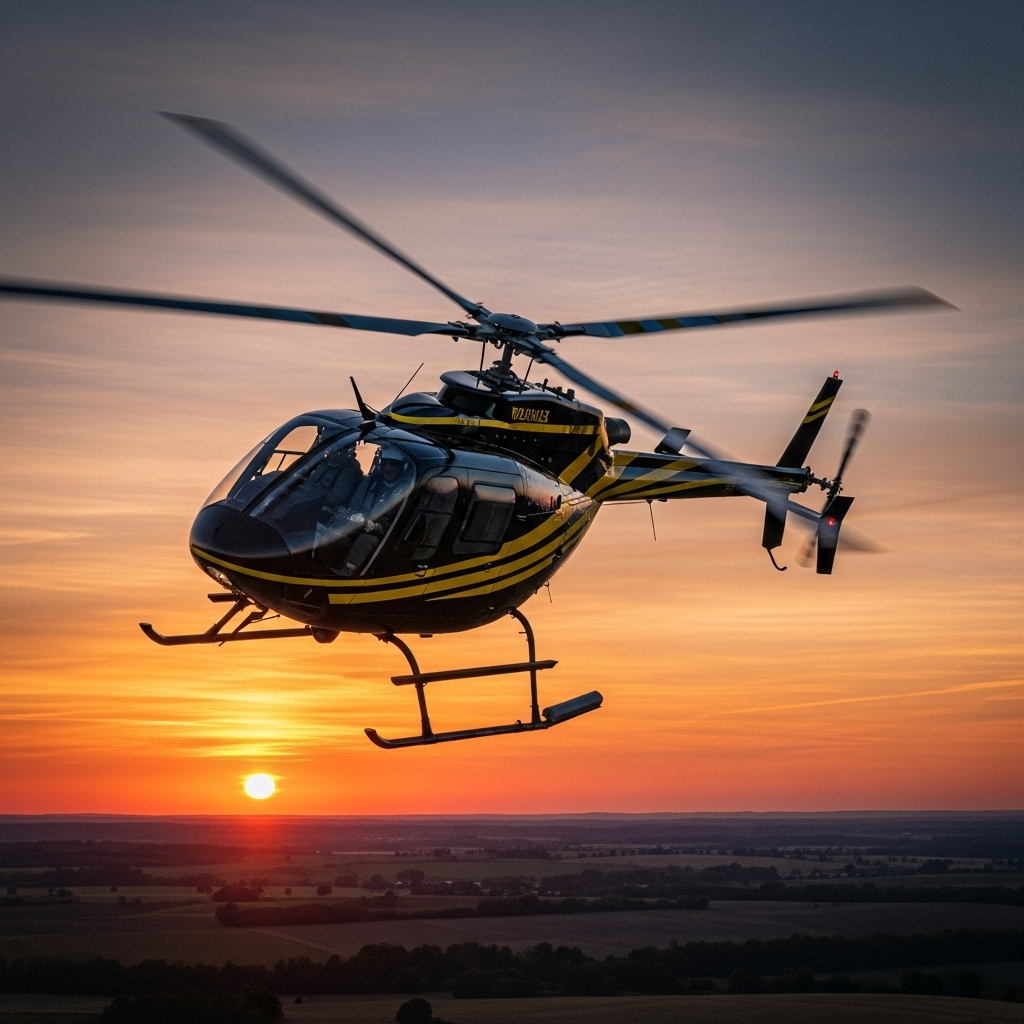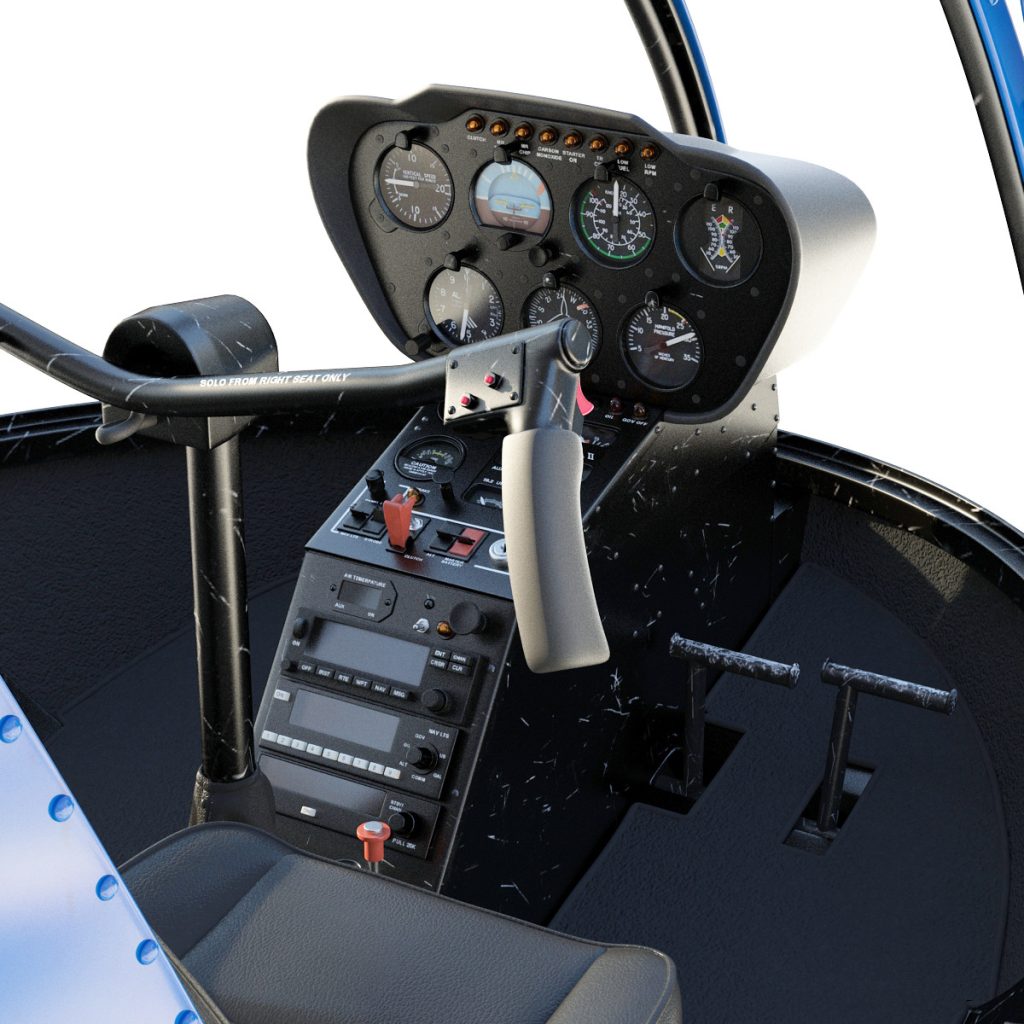Unmanned Aerial Vehicles (UAVs), commonly known as drones, have revolutionized aerial operations across various industries, from photography to surveillance. As the demand for skilled UAV pilots grows, many professionals consider transitioning to piloting manned aircraft such as helicopters. While these platforms differ significantly in complexity and operational scope, they also share foundational skills that can facilitate this transition. Understanding the core competencies and how they transfer between drone and helicopter piloting is essential for a successful career shift. This article explores the essential skills, technical knowledge, and practical strategies that enable UAV pilots to effectively move from operating drones to flying helicopters.
Understanding Core Skills Required for UAV and Helicopter Pilots
Both UAV and helicopter pilots require a solid foundation in aeronautical principles, situational awareness, and decision-making skills. For UAV pilots, this often involves remote operation, precise control, and understanding of flight planning within a digital interface. Helicopter pilots, on the other hand, must develop manual flying skills, including handling complex controls and understanding aerodynamics in real-time. Despite these differences, core skills such as spatial orientation, risk assessment, and adherence to safety protocols are vital in both domains. Developing strong hand-eye coordination, quick reflexes, and the ability to interpret flight data are fundamental attributes that underpin successful piloting across both platforms.
Comparing Technical Knowledge Needed for Drones and Helicopters
The technical knowledge required for UAV and helicopter operation varies in complexity but shares certain overlaps. UAV pilots typically focus on understanding drone systems, such as GPS navigation, telemetry, and battery management, often relying on software interfaces for control. Helicopter pilots must master aeronautical charts, engine systems, and manual controls, requiring a deeper understanding of physics and mechanical systems. Nonetheless, both pilots benefit from knowledge of navigation principles, weather considerations, and regulatory compliance. The transition demands expanding technical expertise from digital, automated systems to manual, physical controls, emphasizing the importance of continuous learning and adaptation.
Key Transferable Abilities Enhancing Pilot Performance Across Platforms
Certain abilities are highly transferable and serve as a bridge between UAV and helicopter piloting. These include excellent situational awareness, which enables pilots to monitor their environment and respond proactively to changing conditions. Communication skills are crucial for coordinating with ground crews and air traffic control. Additionally, disciplined adherence to procedures and safety protocols ensures operational integrity across platforms. Problem-solving skills, critical thinking, and the ability to remain composed under pressure are equally vital, regardless of the aircraft type. These transferable abilities form the backbone of effective piloting and significantly enhance performance during the transition.
Practical Tips for Transitioning from UAV to Helicopter Piloting
For UAV pilots aspiring to operate helicopters, a strategic approach to transition is essential. Gaining formal flight training and obtaining relevant licenses or certifications tailored to manned aircraft is a foundational step. Practical experience through flight simulators can help bridge the gap between remote control and manual flying, building confidence and technical proficiency. Mentorship from experienced helicopter pilots can provide valuable insights into operational nuances and safety practices. Moreover, studying aeronautical principles, understanding helicopter-specific systems, and gradually increasing flight hours under supervision can facilitate a smoother transition. Emphasizing continuous learning and hands-on experience ensures that UAV pilots can leverage their existing skills while acquiring new competencies necessary for helicopter piloting.
Transitioning from UAV to helicopter piloting is a multifaceted process that benefits greatly from a solid understanding of shared skills, technical knowledge, and strategic preparation. By recognizing and developing transferable abilities such as situational awareness, safety discipline, and problem-solving, UAV pilots can effectively navigate the challenges of manned aircraft operation. With targeted training and practical experience, they can expand their aviation careers and take on new heights in the dynamic world of aerial navigation.


